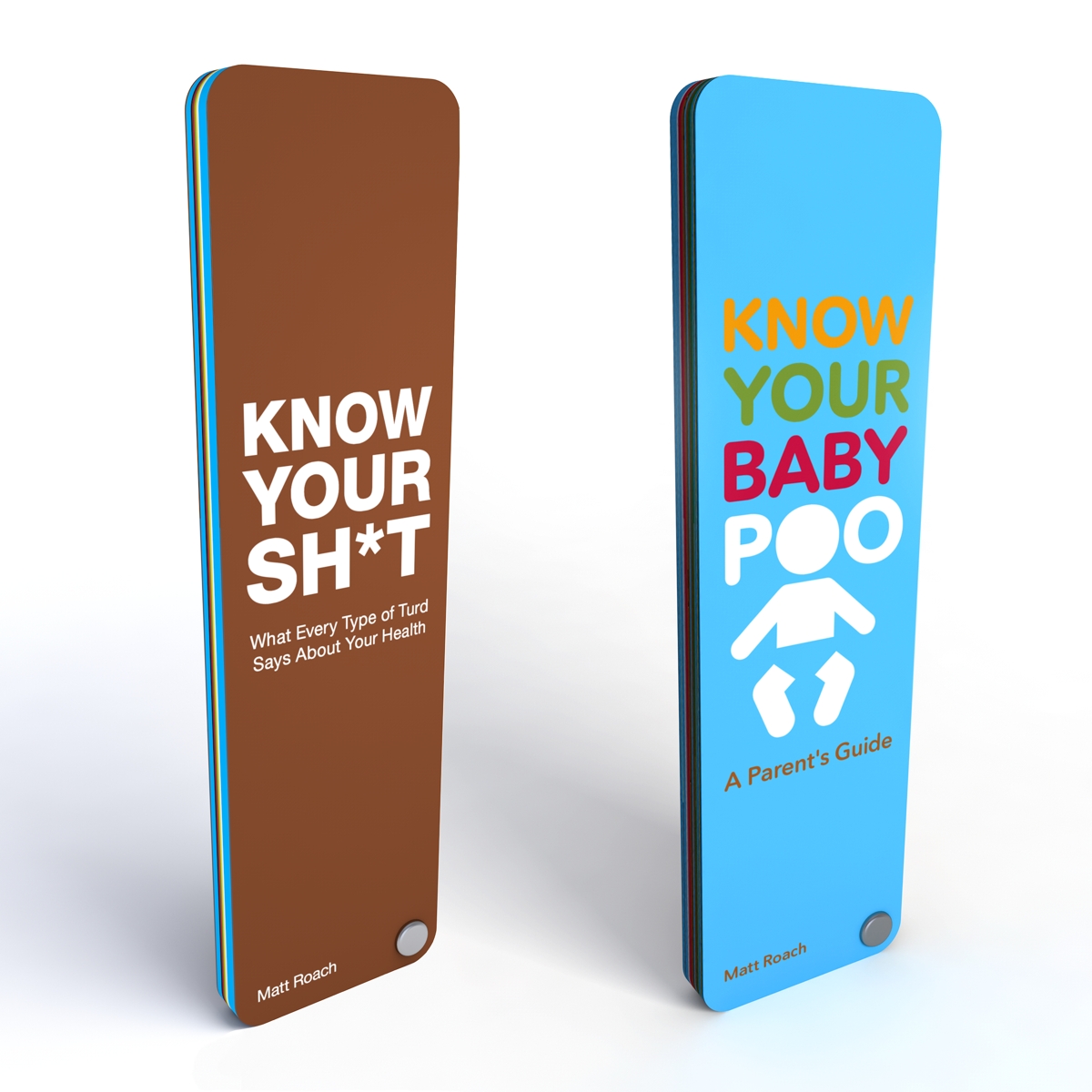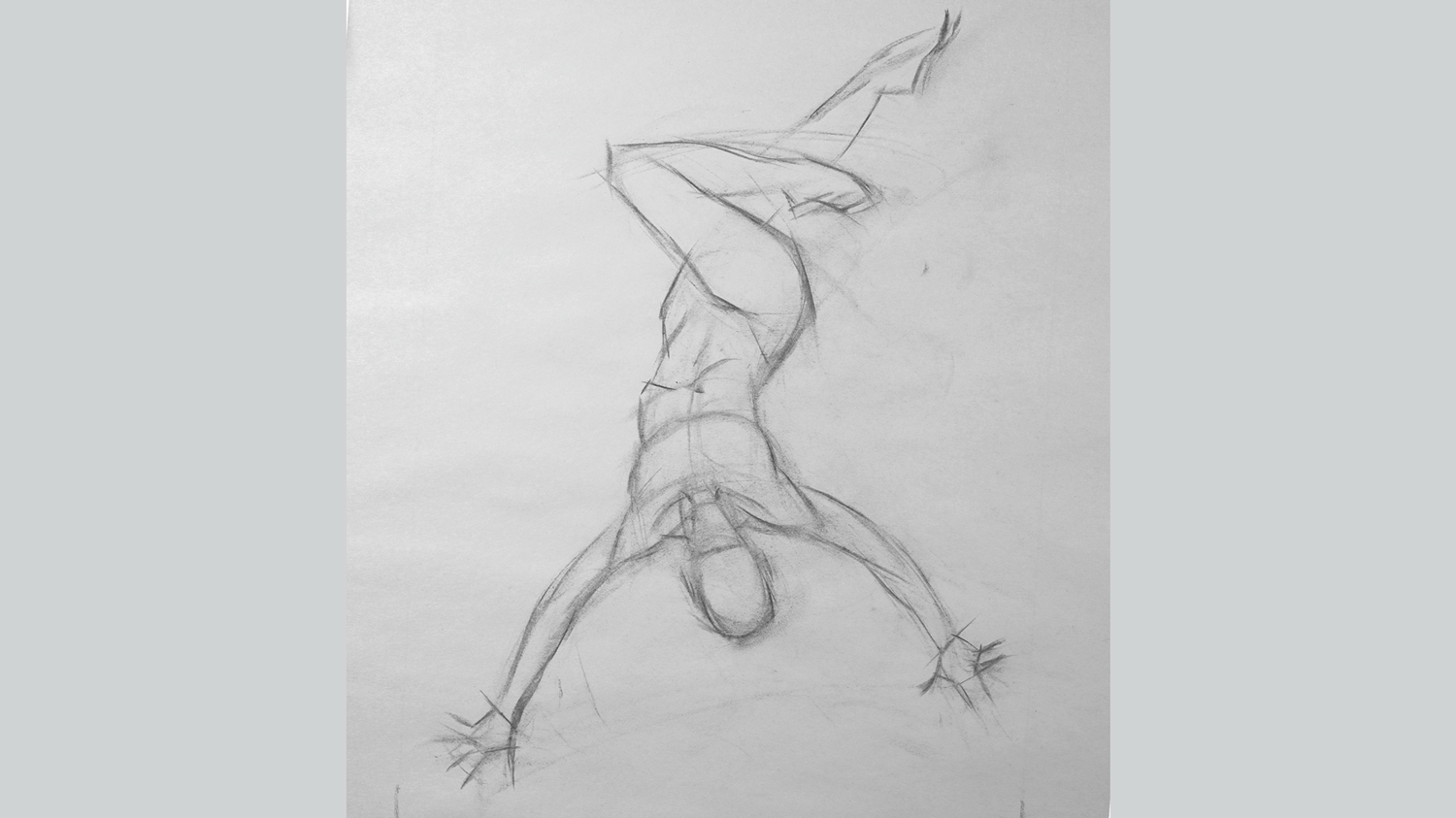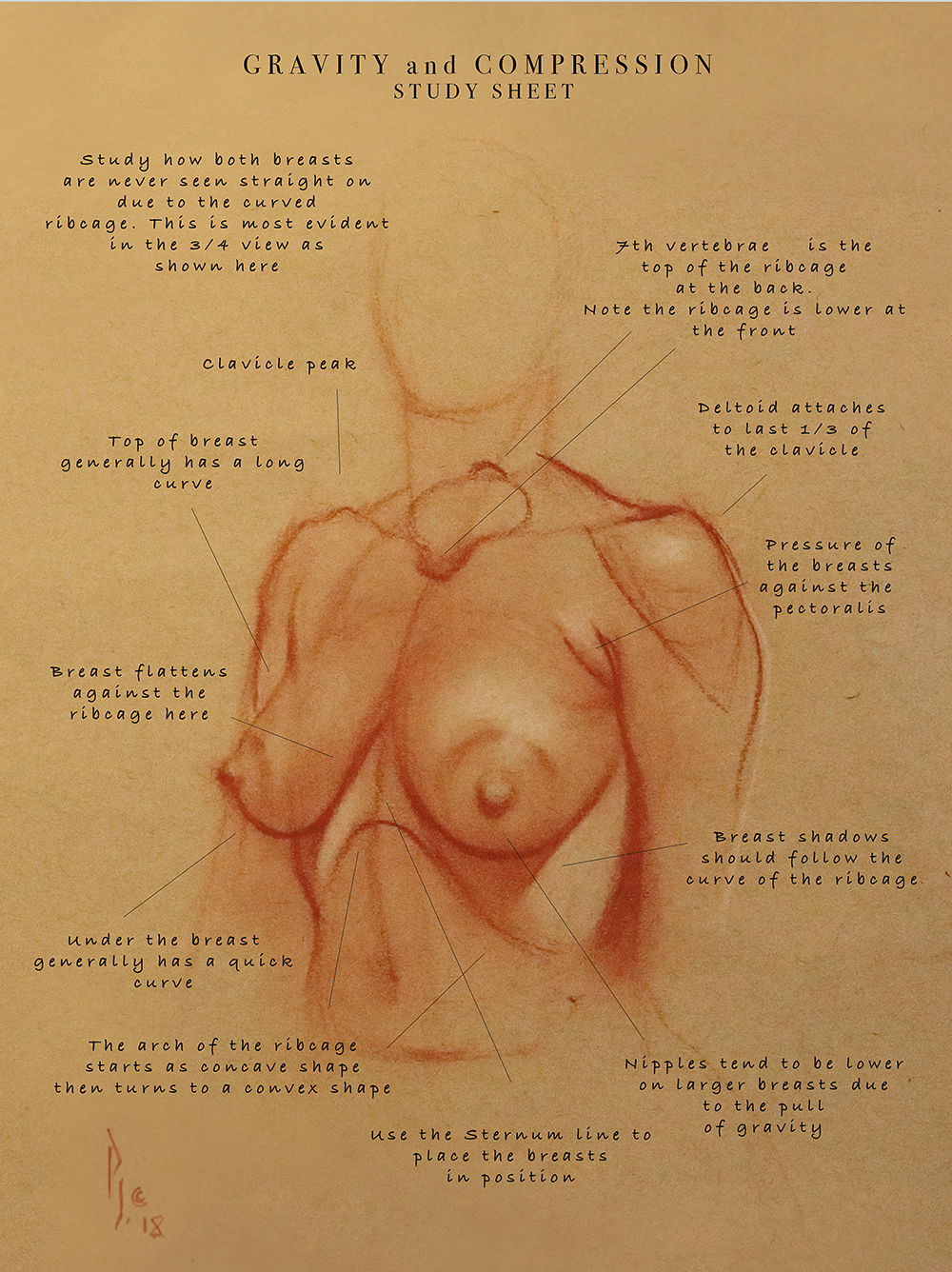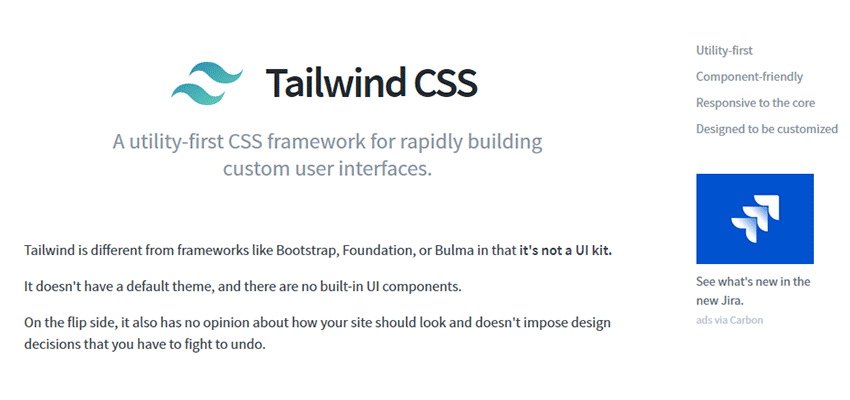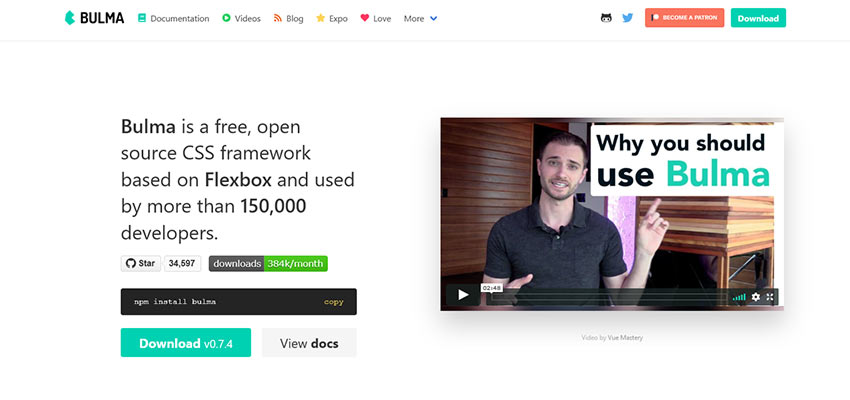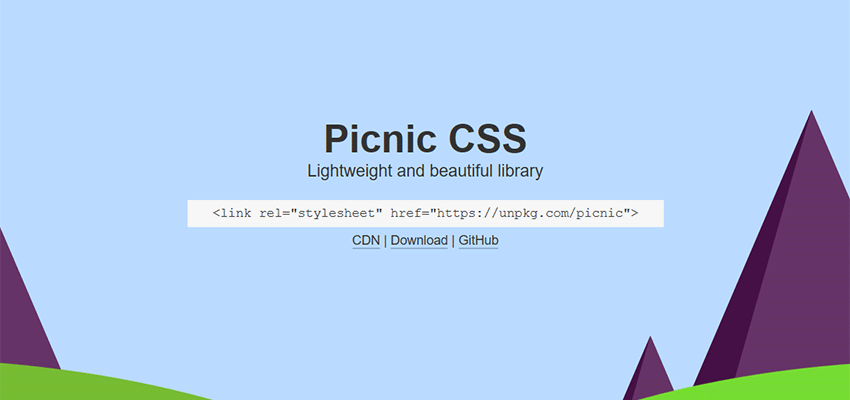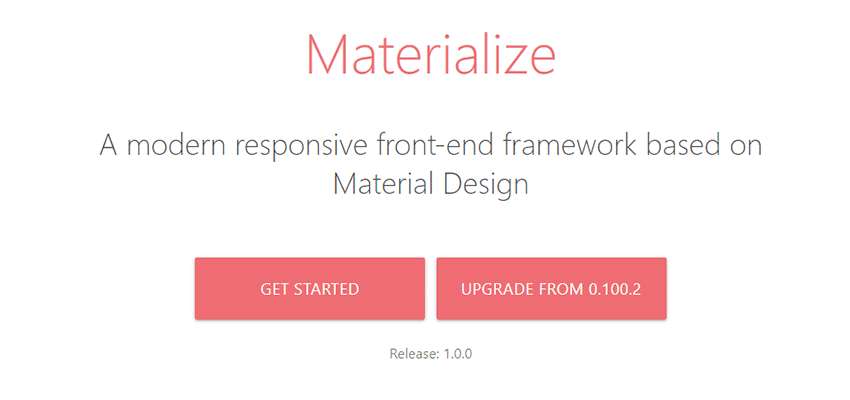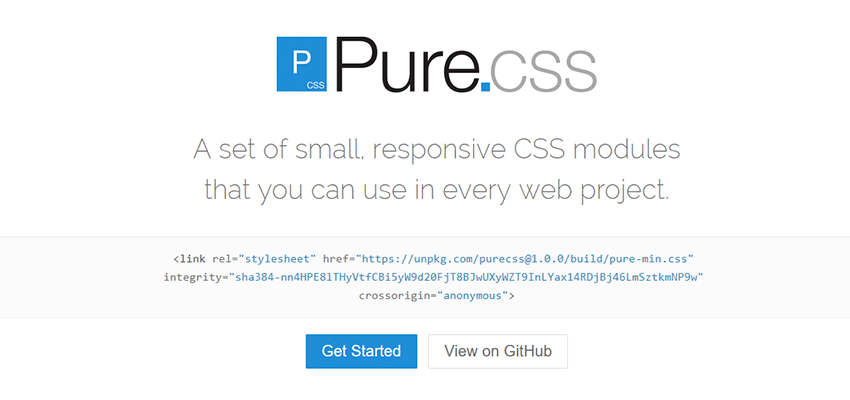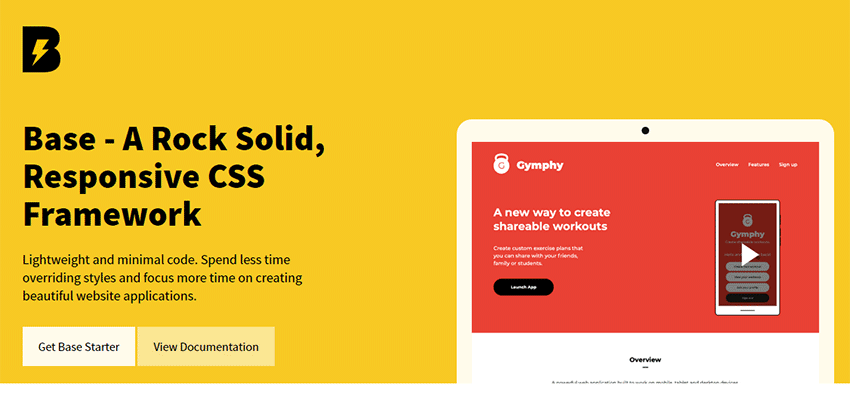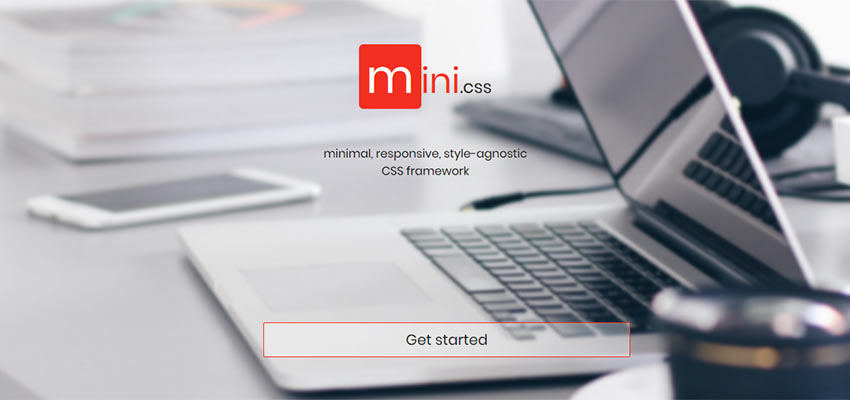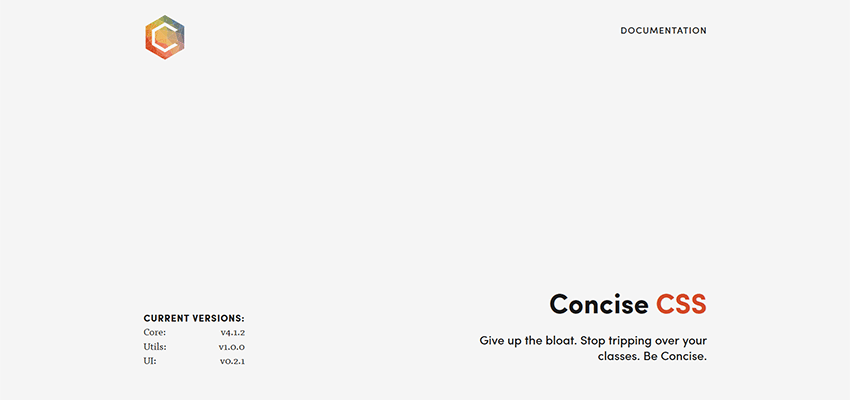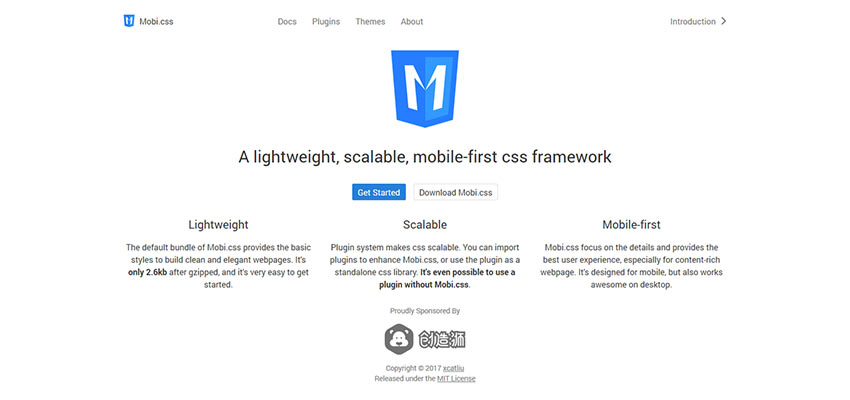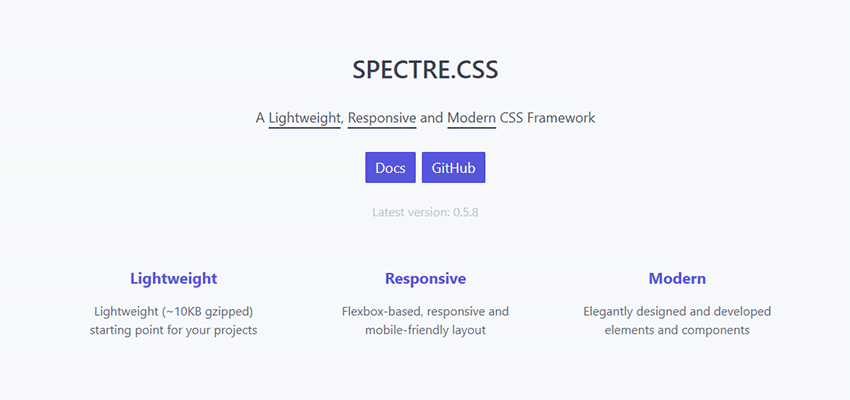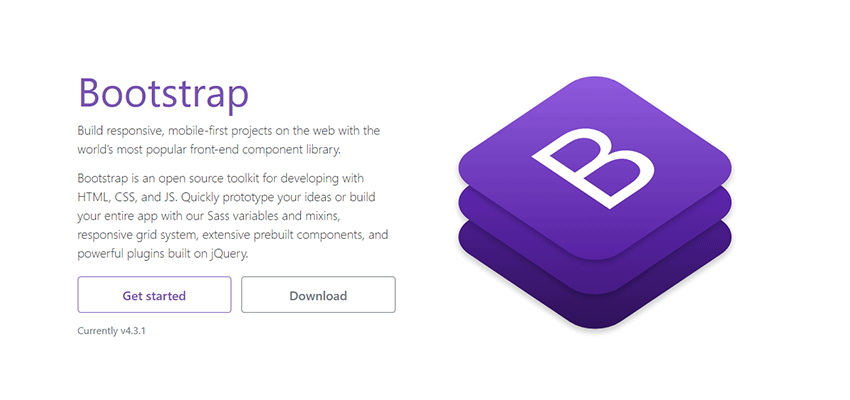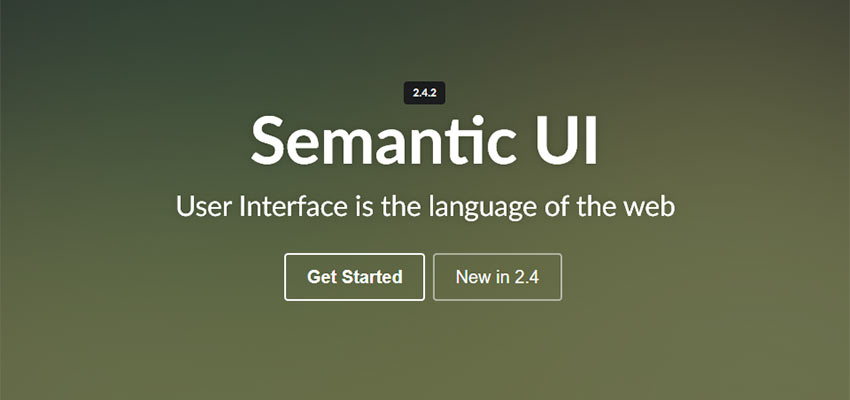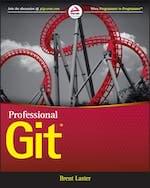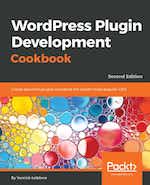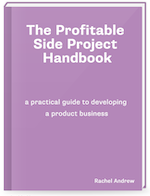9 Tools to Help You Build Beautiful Websites Quickly and Easily
Original Source: http://feedproxy.google.com/~r/1stwebdesigner/~3/H3SGZ4pGvWw/
The help of social media channels can play an important role in getting your message out. That’s well and good, but rarely good enough.
There is only one way you’re going to be able to truly represent yourself. It is with the help of a website. A website that sets you and/or your company apart from the crowd.
Unlike a page on a social media network, you have total control over the content on a website. You can do a lot more in terms of providing valuable information. You can offer products for sale, and integrate third-party services.
Are you a genius at coding and you have all the time in the world to devote to it? Or, do you plan to pay a developer? If not, you need a top-tier website or page builder to make your awesome presence known.
Like one of these:
1. Elementor
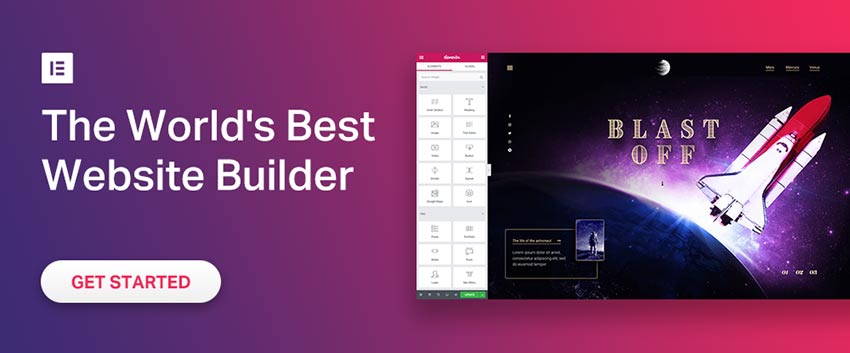
Elementor is the most advanced WordPress page builder designed for businesses looking to improve their workflow and speed up their production time. Its quick and powerful drag & drop editor lets you create professional WordPress sites and landing pages without having to code. Elementor works perfectly with any theme and plugin and will not slow down your site like many page builders. It comes packed with different super useful widgets which you use to quickly build the layout of your site: images, text, sliders, icons, testimonials, social media and more.
You can either build your website from scratch using these widgets, or use one of the hundreds of pre-designed Elementor templates which can be easily inserted to any page.
More cool features:
Pop-ups
Advanced forms
Integrations: Mailchimp, Zapier, HubSpot, ActiveCampaign and more
Clean code
Hover & scroll animations
2. Visual Composer Website Builder
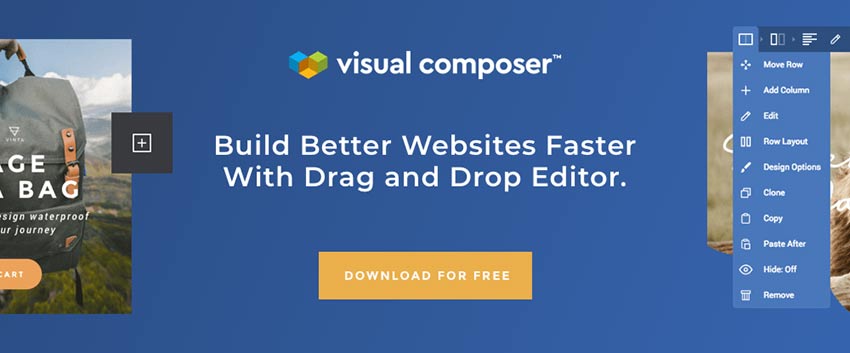
The Visual Composer Website Builder makes building pages and websites about as easy as it gets. This popular, user-friendly, frontend drag and drop website builder makes it possible for you to design the layouts you’ve always wanted to; layouts that are guaranteed to sell more.
You’ll have access to a huge number of templates, content elements, and blocks for landing pages, portfolios, products, and more. Unlike most website builders, these website design features don’t come with the package. They exist in the Visual Composer Hub, a cloud-based marketplace of free goodies you can pick and choose from as you build your website.
Choose a page layout, put the new header builder to work, and customize headers, footers, and page content to your heart’s desire; without coding.
3. Webflow
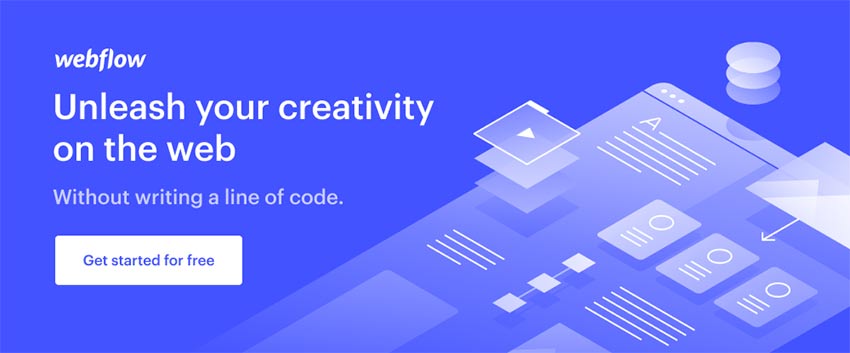
Webflow is more than a website builder; it’s a platform on which you can design, build, and launch a totally responsive and customized website, all without coding. Webflow even creates a custom client-friendly CMS for each site you build.
Webflow is ideal for small business websites and other small to medium-sized projects including content-driven projects that your clients can edit for themselves. You get to choose who can edit what, while at the same time limiting the type of editing that can be done by a client, so you won’t end up with a broken page.
Webflow also provides managed hosting. Plus you can use it for your prototyping needs; especially if you have a need to produce dynamic, interactive prototypes and prototypes for mobile apps.
You can start a project from a blank canvas, a free or premium template, or a UI kit.
4. Mobirise
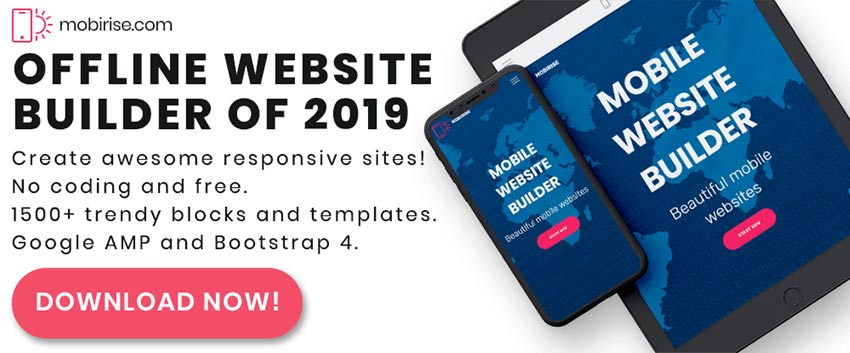
If an offline website builder is your preference, Mobirise is your solution. This offline app is feature rich, and it’s free. It’s great for small to medium websites, portfolio sites, landing pages, and everything and anything in between.
Mobirise is also ideal for non-techies or anyone who prefers to avoid code and work as visually as possible. Pro-coders can use Mobirise as well for small customer projects and prototyping.
5. SP Page Builder
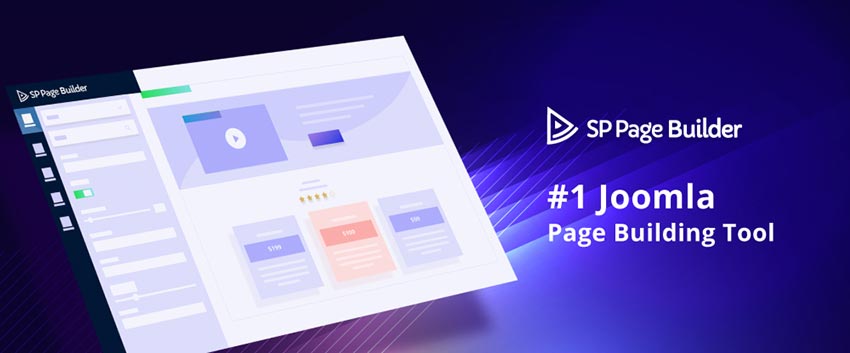
SP Page Builder is a Joomla drag and drop page builder; and #1 in its class. It comes with pre-made blocks, 50+ addons, a nice selection of ready-to-use layouts and third-party integrations. It also offers the fastest and most convenient web development experience you’ll likely find anywhere.
Every design element you’re likely to need is ready to drag and drop into your site. A little tweaking here and there, and you’re ready to rock!
6. Pixpa – Portfolio Websites
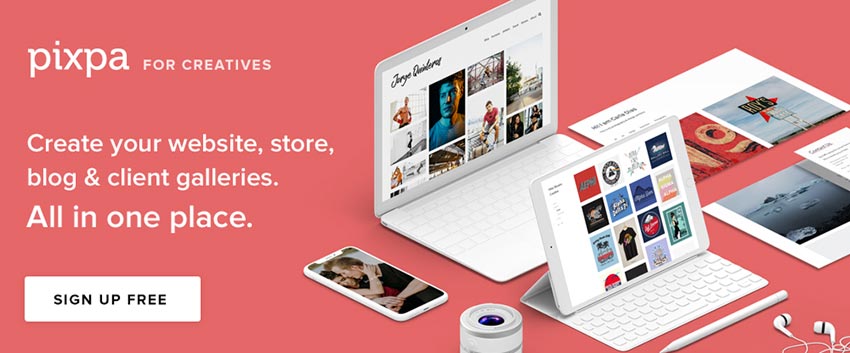
Online store, gallery, blog, portfolio – you name it and Pixpa will deliver for you. This all-in-one website-building platform is an especially good choice for creatives. Start your project with any of Pixpa’s attractive and mobile-friendly templates.
You can customize it to your heart’s content, no coding is necessary, and Pixpa even provides functionality that allows you to make online sales, take orders, and collect payments.
7. 8b Website Builder
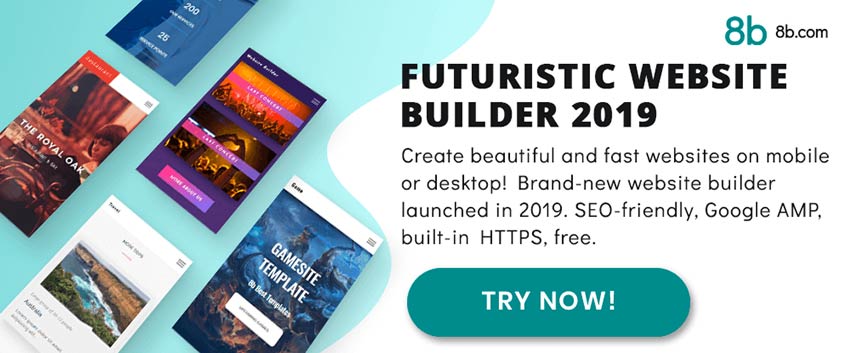
8b is a simple, futuristic online website builder anyone can use to create responsive, mobile-friendly websites quickly and easily – and it’s free! It’s perfectly suited for small businesses, entrepreneurs, and anyone lacking coding expertise.
You can create a website using 8b whether you’re at work, at home, or on the go; plus, you have 16 cool starter templates and a host of website sections to get off to a fast start.
8. uKit

This website builder for small businesses is grid-based, mobile-friendly, and user friendly as well. uKit’s features and functionality give you the power to get your online presence up and running in a matter of minutes.
uKit was created with a non-techie approach in mind. Pick an element and drag and drop it to where you want it. It’s as simple as that; just the way a top-rated website builder should be.
9. uLanding
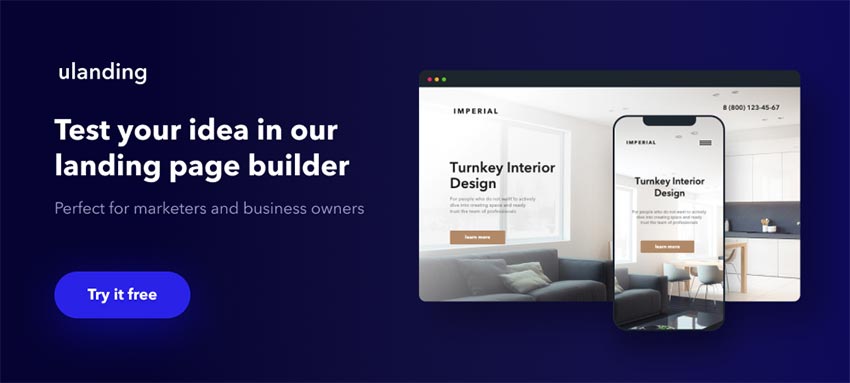
uLanding is a fresh, code-free website-building solution that empowers anyone using it to build a professional digital presence for their business to boost sales. It can be anything from a landing page to a targeted promotion campaign.
Analyze the effectiveness of your ad campaigns using built-in analytics and launch A/B tests. Try uLanding out now by taking advantage of the free trial!
Get Your Project off the Ground
There is a beauty in this selection of top website/page builders. It is that you should have little problem finding the one that’s best for you.
Or, you could pick one at random; and the chances are good that it would still do the job you want done and do it well.
Take a little time to determine which of these products would be the best match for you. From there, you can build a stunning website in short order.

